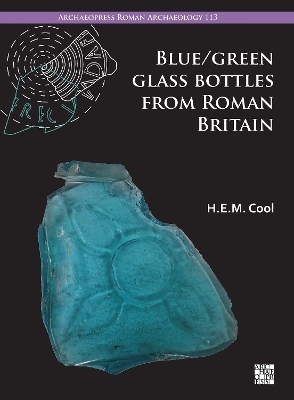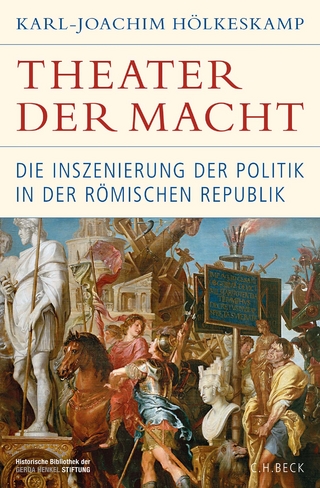
Blue/Green Glass Bottles from Roman Britain
Archaeopress (Verlag)
978-1-80327-743-1 (ISBN)
Square bottles came into use in the AD 60s and rapidly became the commonest glass vessel form in the empire. For the next two centuries their fragments dominate all glass assemblages. Hitherto this material has not been exploited to any great extent because there has been no close chronological framework.
Blue/Green Glass Bottles from Roman Britain presents a classification scheme for the moulded base patterns which allows their chronological development to be reconstructed. With this it is possible to explore how sizes and capacities changed with time. The British data are set within the context of the bottles from the rest of the western empire, and it can be seen that different provinces favoured different base patterns in a systematic fashion. Previously it has been assumed that base patterns reflect long distance trade of the bottles and their contents. Now it can be seen that the main driving force for the distribution of bottles with similar distinctive base patterns was most probably the movements of military units, and that most bottles were made locally.
An investigation of common capacities indicates that these were shared with glass bath flasks and it is proposed that, just as bath flasks were oil containers for hygiene purposes, square bottles became so common because they were the favoured vessel for household oil. The chronological trajectories of square bottles, bath flasks and the Spanish olive oil industry evidenced by Dressel 20 amphoras are identical, but previously unremarked upon.
Hilary Cool works within commercial British archaeology providing specialist post-excavation services. For nearly thirty years she has run her own business working with many projects in the professional and academic sectors. She is also a director of Barbican Research Associates, a company specialising in bringing backlog sites to publication. She has published numerous articles and books including The Roman Cemetery at Brougham (Roman Society 2004), Eating and Drinking in Roman Britain (Cambridge University Press 2006) and The Small Finds and Vessel Glass from Insula VI.1 Pompeii (Archaeopress 2016).
Acknowledgements
Preface
Section 1
Chapter 1: Introduction
Chapter 2: The Data
Section 2
Chapter 3: Family 1: Square bottle bases with concentric circles
Chapter 4: Family 2: Square bottle bases framed by circular mouldings
Chapter 5: Family 3: Square bottle bases framed by square mouldings
Chapter 6: Family 4: Square bottle bases framed by angle mouldings
Chapter 7: Families 5-7: square bottle bases without frames
Chapter 8: Hexagonal bottles
Chapter 9: Rectangular and octagonal bottles
Section 3
Chapter 10: Chronological patterns
Chapter 11: Distributions: Geographical and social
Chapter 12: The uses they served
Chapter 13: Summing up
Appendix 1: Base moulds
Appendix 2: Mould parallels
Appendix 3: Bath flask capacity data
Appendix 4: Guide to the Digital files
Bibliography
Index
| Erscheinungsdatum | 06.04.2024 |
|---|---|
| Verlagsort | Oxford |
| Sprache | englisch |
| Gewicht | 857 g |
| Themenwelt | Geisteswissenschaften ► Archäologie |
| Geschichte ► Allgemeine Geschichte ► Altertum / Antike | |
| ISBN-10 | 1-80327-743-2 / 1803277432 |
| ISBN-13 | 978-1-80327-743-1 / 9781803277431 |
| Zustand | Neuware |
| Haben Sie eine Frage zum Produkt? |
aus dem Bereich


